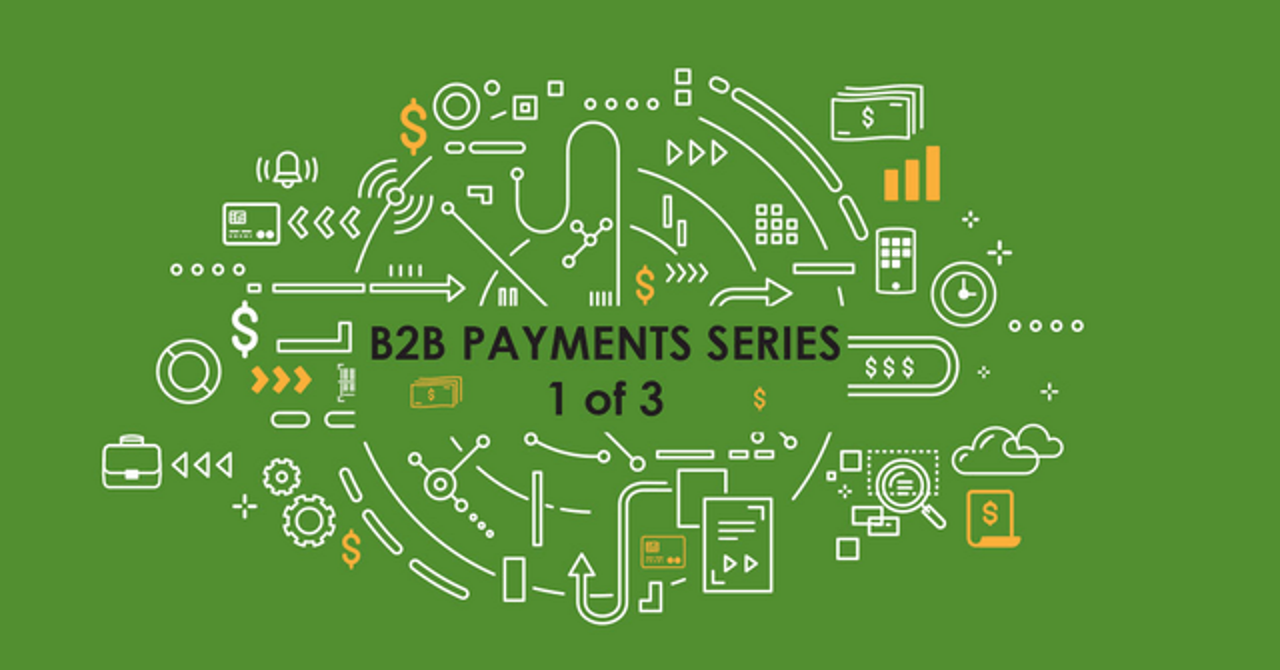Fifty years ago, B2B payments were relatively straightforward: buyers received invoices, and sent suppliers checks in the mail for virtually each product or service they purchased.
Fast-forward to today, and customers are paying their bills in a diverse number of ways through multiple payment channels thanks to the internet and new technology. While buyers have reaped the benefits of new payment technology, like virtual card payments, suppliers are left struggling to figure out how to accommodate these various new payment preferences. At Billtrust, these are the complicated challenges we take pride in solving for our clients.

We’re excited to share a series of questions and answers from a recent interview with Billtrust’s payments expert, Nick Babinsky. As Business Development Director, Nick Babinsky leads the innovation of Billtrust's ACH and credit card acceptance platforms. Nick has worked in invoicing and payments for nearly a decade, collaborating closely with hundreds of suppliers to establish strategies for accelerating customer payments, reducing credit card fees, and improving cash application processes.
We sat down with Nick to ask him a few questions about the current state of B2B payments, trends he’s seeing in the market, his take on the future of payments, and what suppliers can do today to optimize their payments.. Here is the first article in our payments Q&A series.
QUESTION: Can you tell us about some of the trends you’re seeing in the B2B payments space today? What are some of the fastest growing payment methods, and what are suppliers struggling with most from a payment acceptance perspective?
NICK BABINSKY: First of all, credit card usage in the B2B payments space is exploding! Suppliers are under more pressure than ever from buyers to accept credit cards. The driving force behind this pressure? Commercial card programs offer accounts payable (AP) departments a lot of visibility and control over their payments to suppliers. These card programs streamline the buyer’s AP process, but unfortunately, the same isn’t true for the accounts receivable (AR) team on the receiving end of those payments.
Accepting card payments from buyers leaves suppliers in a predicament for a number of reason: for one, card payments typically require the merchant (the supplier) to pay an interchange fee on every single transaction. Interchange fees vary widely based on the card type used to make the purchase, but in general, these fees cost suppliers an average of 2.5% per transaction.
The other issue with card acceptance revolves around process inefficiencies. Specifically, a lot of these AP-centric card programs automatically email suppliers with card information and remittance details. The issue with those is, the supplier’s accounts receivable (AR) team is left having to manually retrieve the card number and remittance information, process the payment through their card terminal, and manually apply the cash in their ERP system.
And finally, the third card acceptance pain point relates to security. Maintaining PCI compliance is costly for many suppliers, and accepting more card payments opens up businesses to data breach risk.
Want to learn more? Catch up with the rest of this interview series on B2B Payment Challenges.
Part 2 – B2B Payment Challenges: Demystifying Virtual Cards
Part 3 – B2B Payment Challenges: Making Payments Cost Effective & Efficient Payments
Follow Nick Babinsky on Twitter @NickBabinsky
For a clearer picture, you can also see our payments infographic.

